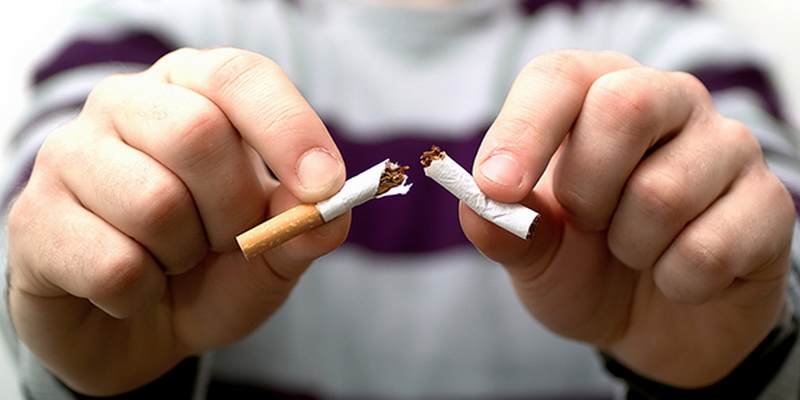Stroke cases increase from year to year as seen from the 2007 Riskesdas data and 2013 one. The prevalence of stroke in Indonesia from 8.3 million in 2007 to 12.1 million in 2013. In 2018, the prevalence of stroke based on a doctor’s diagnosis was 10.9 million. It means there are 11 cases of stroke among 1000 population aged 15 years and over.
While in East Java, the prevalence of stroke ranked in the Top 5 position in Indonesia. A stroke is also called a brain attack. Strokes occur when something is blocking the blood supply to a part of the brain or when blood vessels enter the brain. Thus, parts of the brain become damaged or die. Stroke can cause prolonged brain damage, paralysis to permanent disability, or even death.
Everyone can have a stroke at any age. There are several factors increasing the risk of stroke. According to the CDC (2017), biological conditions, behavioral factors, and family history factors are factors that influence the occurrence of stroke. One of the behavioral factors that causing stroke is smoking.
According to research conducted by Martini (2010), smoking is a factor that increases the risk of stroke infarction, which is the most common type of stroke. Research conducted by O’Donnell et al. (2016) in 32 countries in the world stated that people who smoke have a stroke risk of 1.67 compared to people who do not smoke. While research conducted in China by Hou et al. (2017), passive smoking increases the risk of death from stroke by 10 percent.
Stroke is a disease that destroys the life of a person or a family because the treatment of stroke is a lifetime and it will shift the spending allocation at the family level. Moreover, those affected by a stroke are the backbone of the family; it will disrupt the life of the family and cause the family’s socioeconomic status to decline.
Furthermore, stroke survivor ‘s life becomes dependent and needs help from others. It will not only cause depression for the family but will also cause depression for the stroke survivor. We can imagine how the family’s resilience due to a stroke survivor. That is why stroke treatment is costly and takes an enormous amount of BPJS (Health Care and Social Security Agency) funds.
Cigarettes are one of the biggest public health threats the world has ever faced, and smoking has killed more than 7 million people per year. Nearly 80 percent of 1 billion smokers worldwide live in low- and middle-income countries, with a high burden of tobacco-related illness and death in the country. The pain and death of a person can affect the economy of the family as well as the country because it affects income, increases health care costs and impedes economic development.
Indonesia is the fourth country with the highest number of smokers in the world after China, Russia, and the USA. Besides, Indonesia is also the third country with the highest number of male smokers after China and India. The number of smokers in 2007 was 34.2 percent and increased to 36.3% in 2013. The number of smokers in men was 67.0 percent in 2011, to 64.9 percent in 2013.
Smoking is the cause of about 5 percent of stroke cases in Indonesia. About 90,000 cases of stroke are related to smoking. Every day there are 255 cases of stroke associated with smoking or 11 cases of stroke associated with smoking every hour. Who will be the next victim? Will it be you, father or mother, your child or sibling? I think we agreed that no one wanted to have a stroke. Let us stop smoking or avoid exposure to cigarette smoking right now. (*)
Author: Santi Martini
Details of the research available at:





